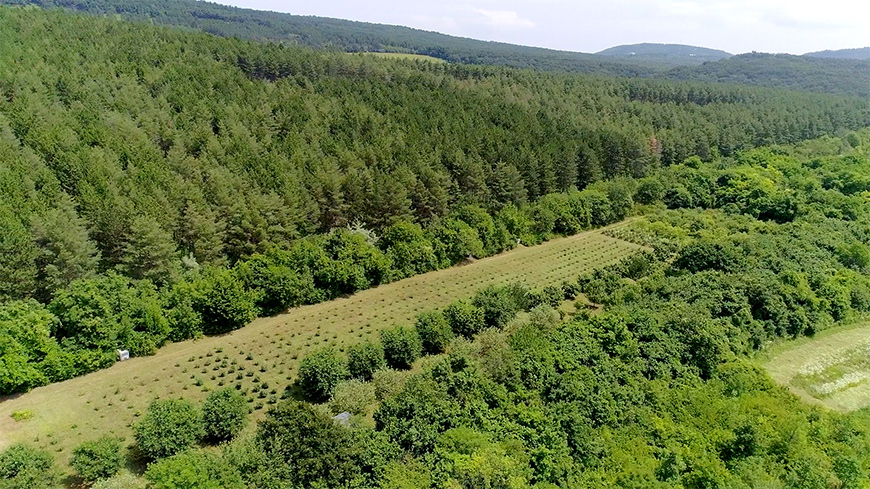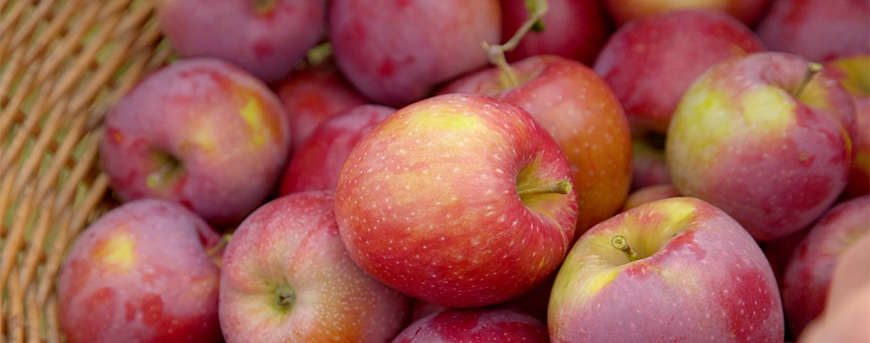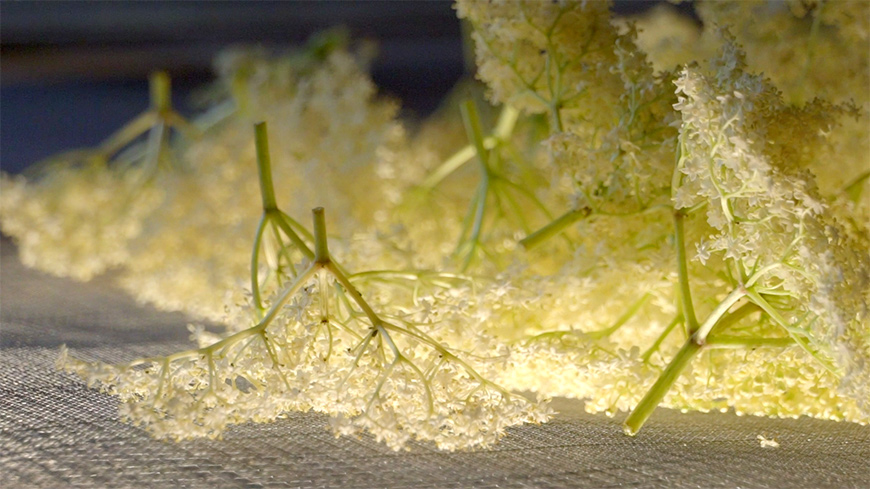Who Does Not Have To Deal With Acne?
Everything you need to know to avoid and to treat acne
Most people do get those annoying bumps at some point in their lives. But why? How to avoid them? And how to get them to go away?
Treat acne with the power of nature
Acne is the most common skin disorder. It affects up to 50 million people in the US yearly. Commonly associated with adolescent skin, it affects many age groups at different stages of life. Nearly 85% of people develop acne at some time between the ages of 12-25 years, while acne often continues or reappears during the 30s and 40s. Adult acne affects around 15% of women. Patients are often treated by family doctors. Complicated cases are referred to a dermatologist, or even to an endocrinologist who treats diseases based on the body’s endocrine (hormones and glands) system.
Topical and oral drugs, usually antibiotics, are often prescribed as treatment. These types of products must often be used for months or even years to achieve good control. Prescription topical treatments for acne may cause side effects, such as stinging, burning, redness or peeling of the skin. Antibiotics may cause side effects, such as an upset stomach, dizziness, or skin discoloration. These drugs also increase the skin’s sensitivity to sunlight and may reduce the effectiveness of oral contraceptives. Why not have an alternative natural solution? With powerful natural remedies and skin care products we can reach solutions to heal the skin safely and effectively.

What is acne?
Acne is a skin condition that results in inflammatory and non-inflammatory lesions, characterized by pimples on the face, forehead, chest, shoulders and back because these areas of the skin have the most sebaceous (oil) glands. These glands are connected with hair follicles. Acne occurs when the pores of the skin become clogged with oil, dead skin cells, and bacteria.
excess oil (sebum) production → hair follicles clogged by oil and sticked dead skin cells → bacteria growth → inflammation

What are the causes of acne?
Several risk factors are identified:
- Age - due to hormonal changes experienced, teenagers are more likely to have acne.
- Gender - boys have more severe acne and develop it more than girls.
- Heredity - individuals with a family history of acne have a greater chance to inherit the disorder.
- Hormonal changes in the body - acne can flare up before menstruation, during pregnancy, and menopause, or as a result of androgen or insulin imbalances.
- Health - inflammation, immune imbalance, allergies, blood sugar issues and microbiome disturbance are lead factors.
- Diet - certain foods, as well as nutritional deficiencies may cause flare-ups.
- Drugs - acne can be a side effect of drugs including sedatives, antidepressants, antibiotics, oral contraceptives, and anabolic steroids.
- Personal hygiene – not necessarily dirt, but abrasive soaps, hard scrubbing, or picking at pimples will make them worse. Not frequently cleaned cell phones, helmets, backpacks or pillowcases can contribute to bacteria spread.
- Cosmetics - comedogenic, oil-based makeup and chemicals in hair products worsen acne.
- Environment - oxidative stress on the skin, such as exposure to oils and greases, polluted air, and sweating in hot weather can aggravate acne.
- Stress - emotional stress may contribute to acne breakouts.
Acne is usually not conspicuous, although inflamed lesions may cause pain, tenderness, itching, or swelling. The most troubling is that the lesions have a negative cosmetic effect and potential for scarring. Oftentimes it leaves the patient feeling emotionally upset about their condition and causing problems forming relationships or even keeping jobs. This leads to stress, and as mentioned above, that can be an aggravating factor for acne.

The four grades of acne...
- GRADE 1 ACNE: Mostly open and closed comedones with an occasional pimple. Grade 1 acne is typical of a teenager just beginning puberty.
- open and closed comedones
- sebaceous filaments: tiny collection of sebum and dead skin cells - non-inflammatory lesions, easy to extract.
- open comedones (blackheads): hold all debris oxidized and retained by the follicle – easy to extract, rarely develop into inflammatory lesions.
- closed comedones (whiteheads): small underground bumps caused by blockage in the skin, contain sebum, cellular debris, p.acnes, pus - do not extract easily, may develop into inflammatory lesions.
- maturation arrest: small bumps under the skin that have not matured into blackheads yet – does not extract easily, typically non-inflammatory.
- Milia: buried whiteheads with no openings, often on drier skin areas – difficult to extract (needs lancing if permitted).
- GRADE 2 ACNE: Very large number of closed comedones, with occasional pustules or papules.
- Papule: red sore bump without a “whitehead” or visible fluid.
- Pustule: white blood cells come to the rescue and form a “clump” and rise to the surface, edema or erythema are often present.
- GRADE 3 ACNE: Thought of by most people as “typical teenage acne.” Very inflamed and red, it involves a large number of open and closed comedones and many pustules as well.
- Nodule: similar to a papule but deeper in the skin and feels solid and sore from infection – must be treated by a dermatologist.
- Cystic acne: raised or depressed bacteria infected lesions with very high likelihood of scarring – must be treated by a dermatologist.
- GRADE 4 ACNE: Commonly referred to as scar formation from cystic acne.
- Scars: the skin produces collagen trying to compensate for the lack of normal skin functioning (“raised scar”). Acne “pit” occurs from actual destruction of the tissue during the inflammatory process.
How to treat acne naturally?
Aestheticians see acne and acne-related conditions every day. Some forms of acne require the care of a dermatologist, but most clients can benefit from esthetician treatments. The skin therapist should have a good understanding of the symptoms, causes, and treatments of acne in order to be successful with the treatments. Treating acne is not an overnight success, proper treatment and accompanied homecare must be practiced. It could take 30-90 days for acne to develop, and treatment may be needed for even a year or more. The client must not only comply with product use, but even with lifestyle, diet or medicine changes. Controlling oil, reducing bacteria and regular exfoliation is a big part of ongoing treatments and home care. Healing the skin can be achieved with all-natural ingredients and products.
Ilike Organic Skin Care has been researching and developing acne treatments for over 65 years in Hungary. Combining centuries old herbal medicine with the latest biochemical developments along with whole, raw pulps (not commercial extracts!), you can find clinically proven, result oriented and certified organic professional treatments for all skin types and conditions of the face and the body.

Natural ingredients for every step of the treatment:
Calming – if there is inflammation, that needs to be reduced before any further treatments.
- Rosehip: soothes, reduces inflammation, rich in Vitamin C that helps rebuild capillaries wall cells.
- Peppermint: calming, cooling, antiseptic.
- Yarrow: wound healing, calming, tightening.
- Plantago: anti-inflammatory, wound healing, vitalizing.
- Zinc: calming, soothing, anti-inflammatory.
Recommended products from ilike organic skin care:
- Rosehip Collection (especially the toner, gel mask, serum and whipped moisturizer)
- Ultra Sensitive System Whipped Moisturizer
- Seven Herb Mask
Exfoliation – when inflammation is under control, exfoliation process can start.
- Alpha-hydroxy Acids – salicylic, citric, malic, lactic: dissolve and remove dead skin cells, reveal the fresh new cells, improve the overall complexion, smooth and brighten. The fruit acids (citric, malic) are the gentlest of all. Lactic is the least drying and maintains the skin barrier. Salicylic is used mostly for acneic skin as it very effectively cleans the pores by penetrating deeply.
Recommended products from ilike organic skin care:
Acne clearing – when the skin is free of dead skin cells and the pores are open, acne treatments can start.
- Sulphur: controls sebum production, antibacterial, anti-inflammatory.
- Bentonite clay: oil absorbent with healing and detoxifying effects.
- Kaolin: wound healing, anti-inflammatory, cleansing, soothing, hydrating.
- Ichthammol: anti-inflammatory, antibacterial, antifungal, anti-redness, detoxifying.
- Zinc: calming, soothing, anti-inflammatory, antiseptic.
- Retinal: acting 11 times faster than Retinal, it is also antibacterial and less irritating, an antioxidant supplement, prevents new breakouts, further helps with exfoliation.
- Probiotics: adds good bacteria to offset the effects of bad bacteria in the skin’s microbiome.
- Anise seed: antibacterial, painkiller effect.
- Fennel seed: soothing, anti-inflammatory.
- Clove oil: reduces pain, antimicrobial, antifungal.
- Hungarian Paprika: detoxifies, antioxidant supplement.
Recommended products from ilike organic skin care:
- Sulphuric Collection
- Ichthammol & Herbs Mask
- Mineral Exfoliating Wash
- Mattifying Serum
- Herbal Clay Spot Treatment
- Herb Infusion Serum
- Retinal Collection
- Probiotic Serum
Hydrating – some acne treatments are somewhat drying by reducing and normalizing the sebum production. Skin type proper hydration – moisture replenishment instead of heavy oils – is mandatory to maintain healthy skin microbiome.
- Hyaluronic Acid: restores the correct hydration level by retaining water up to 1,000 times of its cell size. Smaller molecular size HA plumps the skin from the inside out, while larger size HA protects the skin barrier by minimizing water evaporation.
- Aloe: calms while softens and soothes along with hydration properties.
Recommended products from ilike organic skin care:
Brightening – often – especially in higher Fitzpatrick cases – post-inflammatory hyperpigmentation causes further issues to acne clients.
- Lemon: brightens with supplying Vitamin C.
- Ascorbic Acid: besides brightening, Vitamin C is a strong antioxidant that reduces oxidative damage in the skin and helps cell renewal.
- Bearberry: halts melanin production, supplies antioxidants.
- Stonecrop: brightens the skin with the combination of its natural acids, also heals and soothes.
- Retinal: continuing use of Retinal reduces hyperpigmentation.
Recommended products from ilike organic skin care:
